After the Bombay High Court asked a wife to follow her husband like Sita, a question arose. Was a limited patriarchal view of Sita being foisted as a role model for the modern woman?
The story always had the potential to go viral. After her husband was asked to transfer to Port Blair in 2005, the Mumbai-based wife of a Shipping Corporation of India employee refused to join him. The man filed for a divorce. While hearing his petition earlier this week, a division bench of two Bombay High Court judges observed, “A wife should be like goddess Sita who left everything and followed her husband Lord Ram to a forest and stayed there for 14 years.” As this nugget of judicial advice made its way out of the courtroom, social networks were abuzz with indignation.
Writer Ashok Banker was one of the first to tweet. “Dear HC Judge: Rama forbade Sita to go with him into exile. She slapped him, argued, slapped again, and went anyway. #fact.” After having researched heavily for his popular eight-book Ramayana series, Banker should know his facts from fiction. As should the American cartoonist and animator Nina Paley, who has directed the animated feature film Sita Sings the Blues. Here’s how Paley reacted on Facebook — “If they read their Ramayanas, they’d know that Ram didn’t want Sita following him in the first place. In fact he wanted nothing more than for Sita to get lost. That woman wants a divorce — the judge should be telling her husband to be more like Ram!”
What seemed to fuel the resultant outrage wasn’t so much the idea that the High Court had harked back to centuries-old mythology in its observation, but more that it had presented a stereotypical view of a woman who is arguably a pivotal figure of resistance. For once, there seemed to be a consensus building around the fact that Sita was not a subservient wife, that she acted out of her own volition and that rather than being a facilitator of patriarchy, she was one of the first to reject it. But even while the character of this earth goddess can be reclaimed by feminism, can she be a relevant ideal for women in the present day?
Ashok Banker is of the belief that the propagation of Sita as a dutiful wife is nothing but a malicious misinterpretation by modern-day Hindu Brahmins. “Valmiki’s Sita is a proud wilful woman who is waited hand and foot by her husband and brother-in-law. Let’s stop perpetuating this lie of Sita as a subservient wife and dutiful woman.” Writer Namita Gokhale and sociologist Shiv Vishwanathan both point to a multiplicity of Sitas. Gokhale, who has co-edited the collection of essays, In Search of Sita: Revisiting Mythology, says that it is important to remember that there is no one Sita. “You would find a different Sita in the Puranic texts, a different one in folk tales, and yet someone else in Tulsi’s Ramayana. What exists in the modern mind are distorted cultural clues about the character Sita, conditioned by a patriarchal mindset.”
Vishwanathan explains the standardising of myths by saying that for every version of the Ramayana that one considers, there are always 300 that one ignores. To a certain extent, he adds, the myth of Sita merges with that of Mother India as you start talking about virtues like endurance, duty and sacrifice. “If you are to look at it objectively, one of Sita’s strengths was that she endured exile without Rama for as long as she did.”
It is perhaps difficult to make a mention of Sita’s resilience without referring to her ordeal of the Agnee Pareeksha. Subba Rao, who penned Amar Chitra Katha’s Ramayana, says that it is important to note that while Sita may have consented to the test once, she refused to a second time. “She made an epic exit when she asked Mother Earth to take her back. This act of Sita was repeated by another woman, Nora, in Ibsen’s play, Dollhouse, when she shut the door in the face of her husband who was ‘devoted’ to her, in the way Rama was devoted to Sita.” Chitra Banerjee Divakaruni did much for the Mahabharata by retelling it through the eyes of Draupadi in her acclaimed novel The Palace of Illusions. Divakaruni talks about how Sita was able to keep Ravan at bay and how she is one of the first successful instances of a single mother, bringing up Lav and Kush alone in the forest. Speaking of the subservient Sita stereotype, the author says, “I think this is a misinterpretation that has occurred as the epic has been presented through the ages, often by kathakars (perhaps with particular patriarchal societal agendas) to a public that listened rather than accessed the epic on their own. My attitude is that Sita needs to be restored as an epic heroine.” Hopefully, Divakaruni’s wishes can be realised without the intervention of any court.
![submenu-img]() Meet India's highest paid director, charges 30 times more than his stars; not Hirani, Rohit Shetty, Atlee, Karan Johar
Meet India's highest paid director, charges 30 times more than his stars; not Hirani, Rohit Shetty, Atlee, Karan Johar![submenu-img]() Indian government issues warning for Google users, sensitive information can be leaked if…
Indian government issues warning for Google users, sensitive information can be leaked if…![submenu-img]() Prajwal Revanna Sex Scandal Case: Several women left home amid fear after clips surfaced, claims report
Prajwal Revanna Sex Scandal Case: Several women left home amid fear after clips surfaced, claims report![submenu-img]() Meet man who studied at IIT, IIM, started his own company, now serving 20-year jail term for…
Meet man who studied at IIT, IIM, started his own company, now serving 20-year jail term for…![submenu-img]() Gautam Adani’s project likely to get Rs 170000000000 push from SBI, making India’s largest…
Gautam Adani’s project likely to get Rs 170000000000 push from SBI, making India’s largest…![submenu-img]() DNA Verified: Is CAA an anti-Muslim law? Centre terms news report as 'misleading'
DNA Verified: Is CAA an anti-Muslim law? Centre terms news report as 'misleading'![submenu-img]() DNA Verified: Lok Sabha Elections 2024 to be held on April 19? Know truth behind viral message
DNA Verified: Lok Sabha Elections 2024 to be held on April 19? Know truth behind viral message![submenu-img]() DNA Verified: Modi govt giving students free laptops under 'One Student One Laptop' scheme? Know truth here
DNA Verified: Modi govt giving students free laptops under 'One Student One Laptop' scheme? Know truth here![submenu-img]() DNA Verified: Shah Rukh Khan denies reports of his role in release of India's naval officers from Qatar
DNA Verified: Shah Rukh Khan denies reports of his role in release of India's naval officers from Qatar![submenu-img]() DNA Verified: Is govt providing Rs 1.6 lakh benefit to girls under PM Ladli Laxmi Yojana? Know truth
DNA Verified: Is govt providing Rs 1.6 lakh benefit to girls under PM Ladli Laxmi Yojana? Know truth![submenu-img]() Jr NTR-Lakshmi Pranathi's 13th wedding anniversary: Here's how strangers became soulmates
Jr NTR-Lakshmi Pranathi's 13th wedding anniversary: Here's how strangers became soulmates![submenu-img]() Streaming This Week: Heeramandi, Shaitaan, Manjummel Boys, latest OTT releases to binge-watch
Streaming This Week: Heeramandi, Shaitaan, Manjummel Boys, latest OTT releases to binge-watch![submenu-img]() Remember Ayesha Kapur? Michelle from Black, here's how actress, nutrition coach, entrepreneur looks after 19 years
Remember Ayesha Kapur? Michelle from Black, here's how actress, nutrition coach, entrepreneur looks after 19 years![submenu-img]() Remember Heyy Babyy's cute 'Angel' Juanna Sanghvi? 20 year-old looks unrecognisable now, fans say 'her comeback will...'
Remember Heyy Babyy's cute 'Angel' Juanna Sanghvi? 20 year-old looks unrecognisable now, fans say 'her comeback will...'![submenu-img]() In pics: Arti Singh stuns in red lehenga as she ties the knot with beau Dipak Chauhan in dreamy wedding
In pics: Arti Singh stuns in red lehenga as she ties the knot with beau Dipak Chauhan in dreamy wedding![submenu-img]() DNA Explainer: Why Harvey Weinstein's rape conviction was overturned, will beleaguered Hollywood mogul get out of jail?
DNA Explainer: Why Harvey Weinstein's rape conviction was overturned, will beleaguered Hollywood mogul get out of jail?![submenu-img]() What is inheritance tax?
What is inheritance tax?![submenu-img]() DNA Explainer: What is cloud seeding which is blamed for wreaking havoc in Dubai?
DNA Explainer: What is cloud seeding which is blamed for wreaking havoc in Dubai?![submenu-img]() DNA Explainer: What is Israel's Arrow-3 defence system used to intercept Iran's missile attack?
DNA Explainer: What is Israel's Arrow-3 defence system used to intercept Iran's missile attack?![submenu-img]() DNA Explainer: How Iranian projectiles failed to breach iron-clad Israeli air defence
DNA Explainer: How Iranian projectiles failed to breach iron-clad Israeli air defence![submenu-img]() Meet India's highest paid director, charges 30 times more than his stars; not Hirani, Rohit Shetty, Atlee, Karan Johar
Meet India's highest paid director, charges 30 times more than his stars; not Hirani, Rohit Shetty, Atlee, Karan Johar![submenu-img]() This superstar worked as clerk, was banned from wearing black, received death threats; later became India's most...
This superstar worked as clerk, was banned from wearing black, received death threats; later became India's most...![submenu-img]() Karan Johar slams comic for mocking him, bashes reality show for 'disrespecting' him: 'When your own industry...'
Karan Johar slams comic for mocking him, bashes reality show for 'disrespecting' him: 'When your own industry...'![submenu-img]() Kapoor family's forgotten hero, highest paid actor, gave more hits than Raj Kapoor, Ranbir, never called star because...
Kapoor family's forgotten hero, highest paid actor, gave more hits than Raj Kapoor, Ranbir, never called star because...![submenu-img]() Meet actress who lost stardom after getting pregnant at 15, husband cheated on her, she sold candles for living, now...
Meet actress who lost stardom after getting pregnant at 15, husband cheated on her, she sold candles for living, now...![submenu-img]() IPL 2024: Kolkata Knight Riders take top spot after 98 runs win over Lucknow Super Giants
IPL 2024: Kolkata Knight Riders take top spot after 98 runs win over Lucknow Super Giants![submenu-img]() ICC Women’s T20 World Cup 2024 schedule announced; India to face Pakistan on....
ICC Women’s T20 World Cup 2024 schedule announced; India to face Pakistan on....![submenu-img]() IPL 2024: Bowlers dominate as CSK beat PBKS by 28 runs
IPL 2024: Bowlers dominate as CSK beat PBKS by 28 runs![submenu-img]() IPL 2024: Big blow to CSK as star pacer returns home due to...
IPL 2024: Big blow to CSK as star pacer returns home due to...![submenu-img]() SRH vs MI IPL 2024: Predicted playing XI, live streaming details, weather and pitch report
SRH vs MI IPL 2024: Predicted playing XI, live streaming details, weather and pitch report![submenu-img]() Job applicant offers to pay Rs 40000 to Bengaluru startup founder, here's what happened next
Job applicant offers to pay Rs 40000 to Bengaluru startup founder, here's what happened next![submenu-img]() Viral video: Family fearlessly conducts puja with live black cobra, internet reacts
Viral video: Family fearlessly conducts puja with live black cobra, internet reacts![submenu-img]() Woman demands Rs 50 lakh after receiving chicken instead of paneer
Woman demands Rs 50 lakh after receiving chicken instead of paneer![submenu-img]() Who is Manahel al-Otaibi, Saudi women's rights activist jailed for 11 years over clothing choices?
Who is Manahel al-Otaibi, Saudi women's rights activist jailed for 11 years over clothing choices?![submenu-img]() In candid rapid fire, Rahul Gandhi reveals why white T-shirts are his signature attire, watch
In candid rapid fire, Rahul Gandhi reveals why white T-shirts are his signature attire, watch


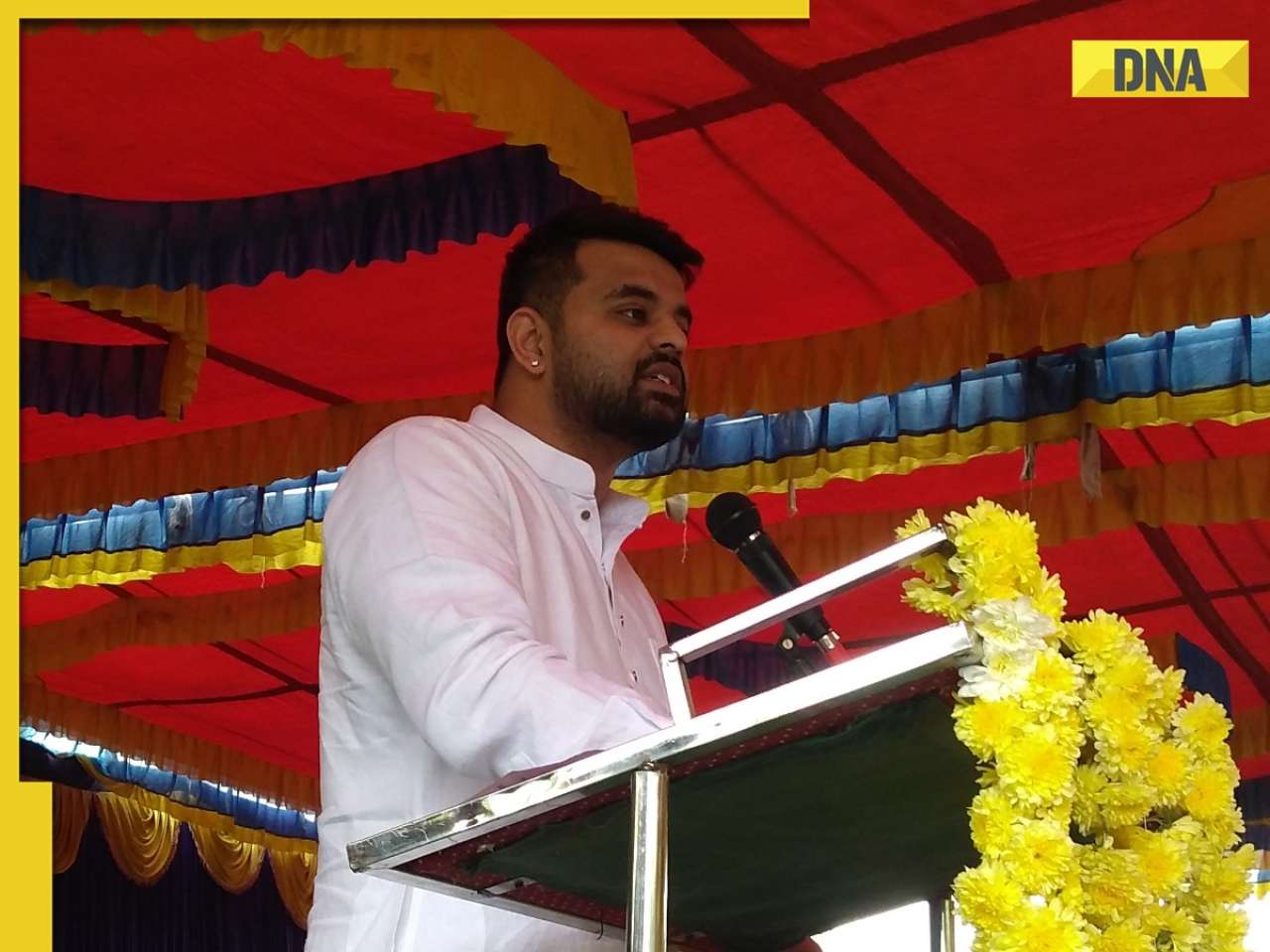





































)


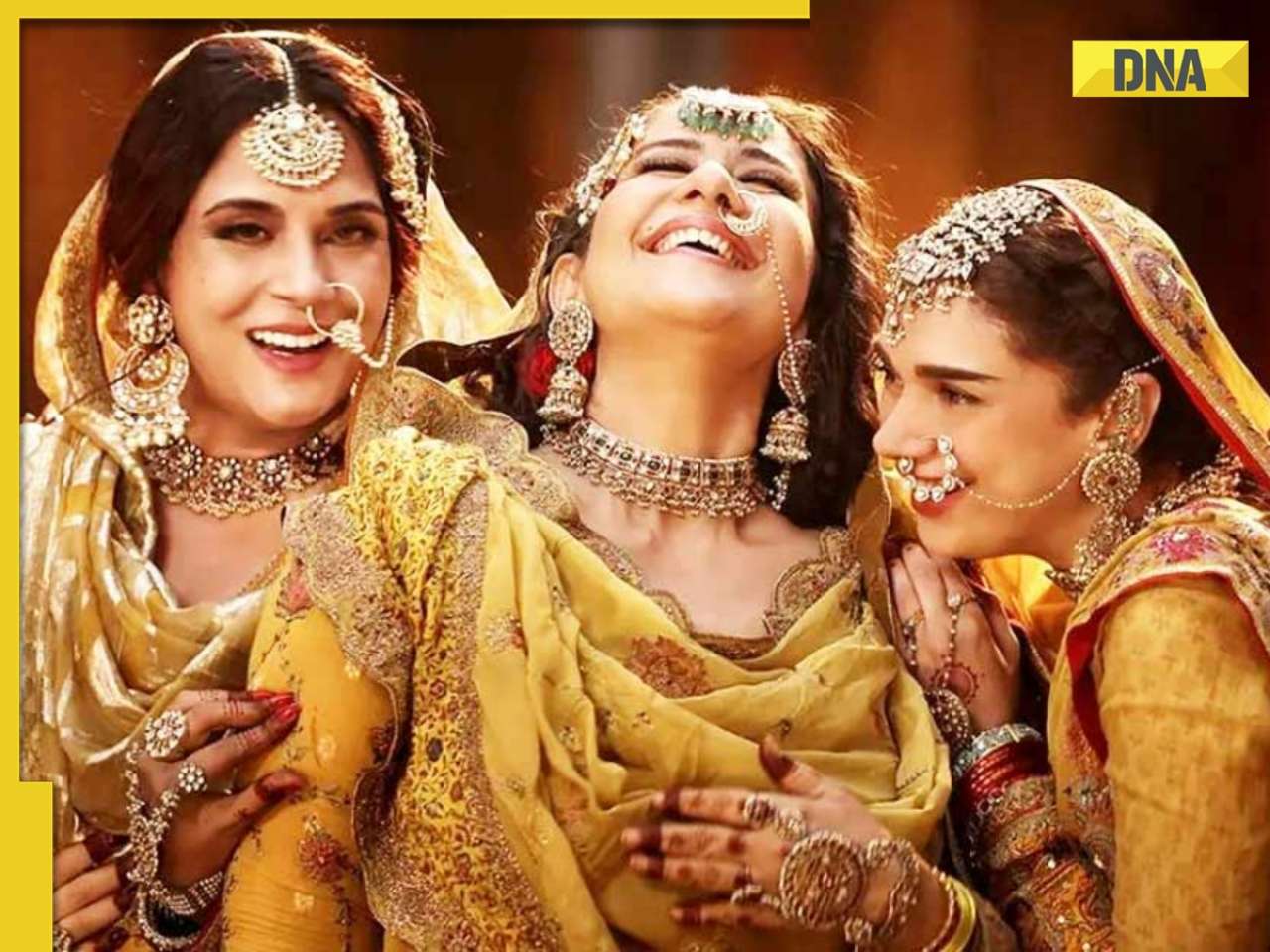



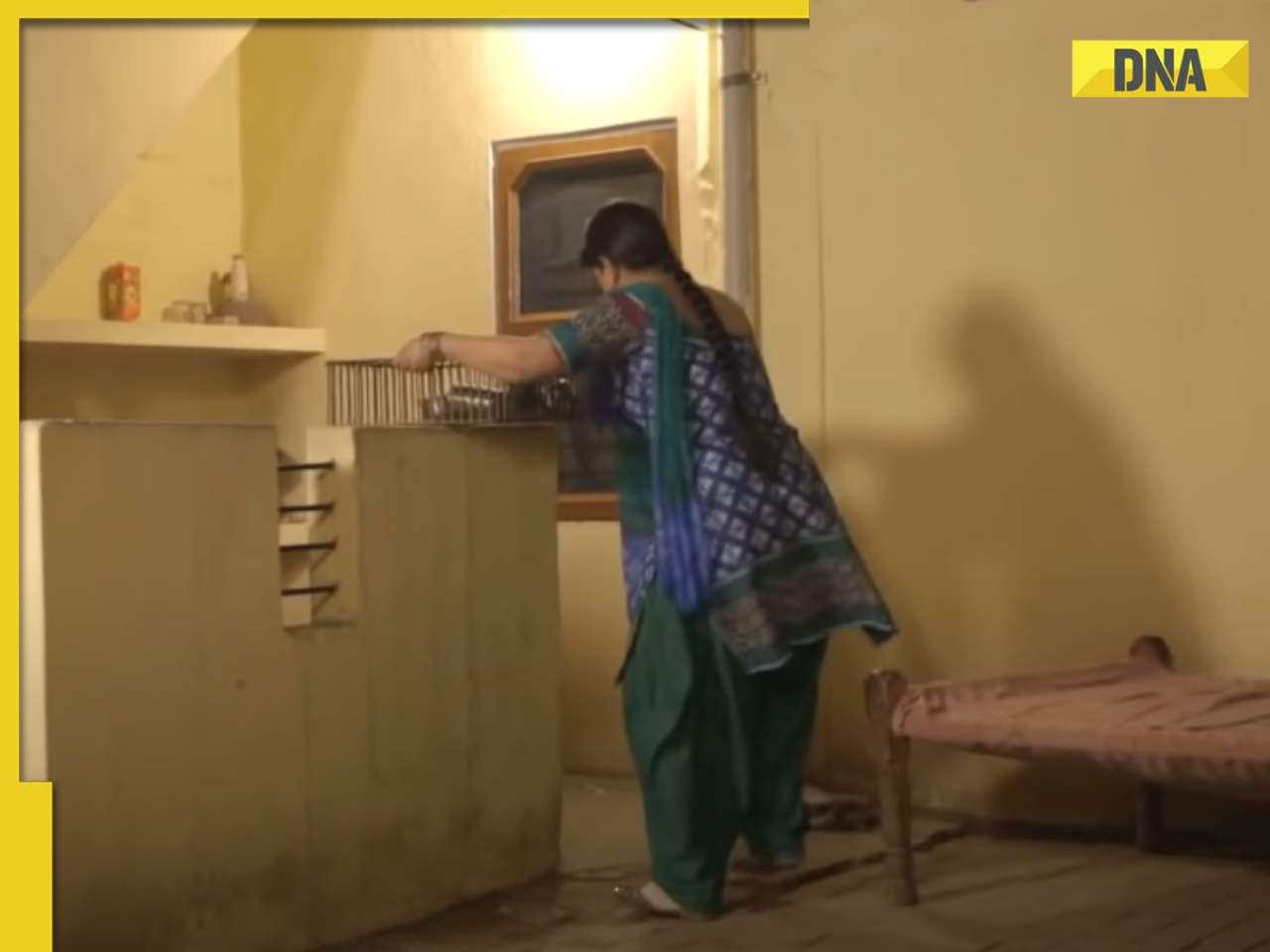
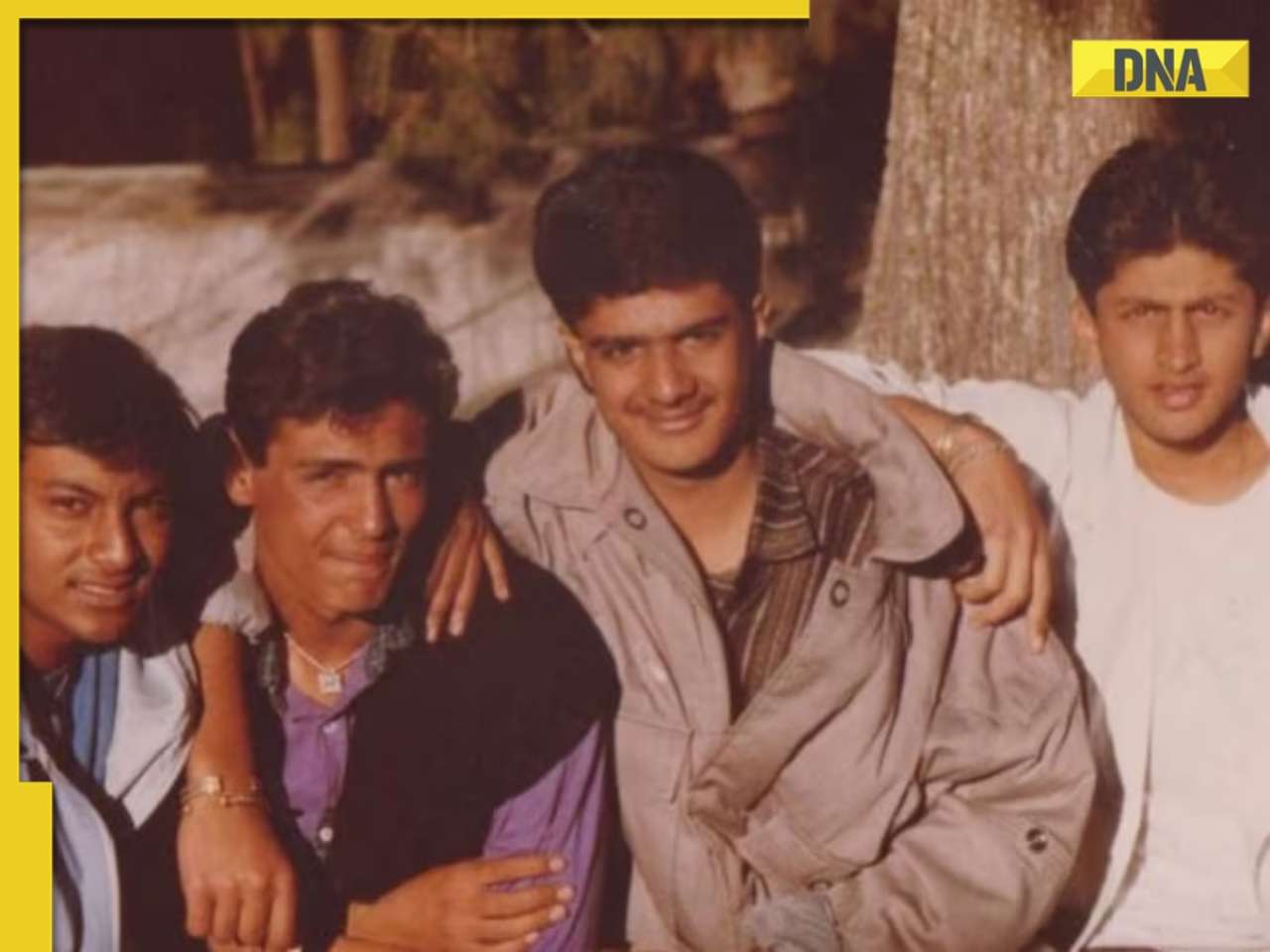
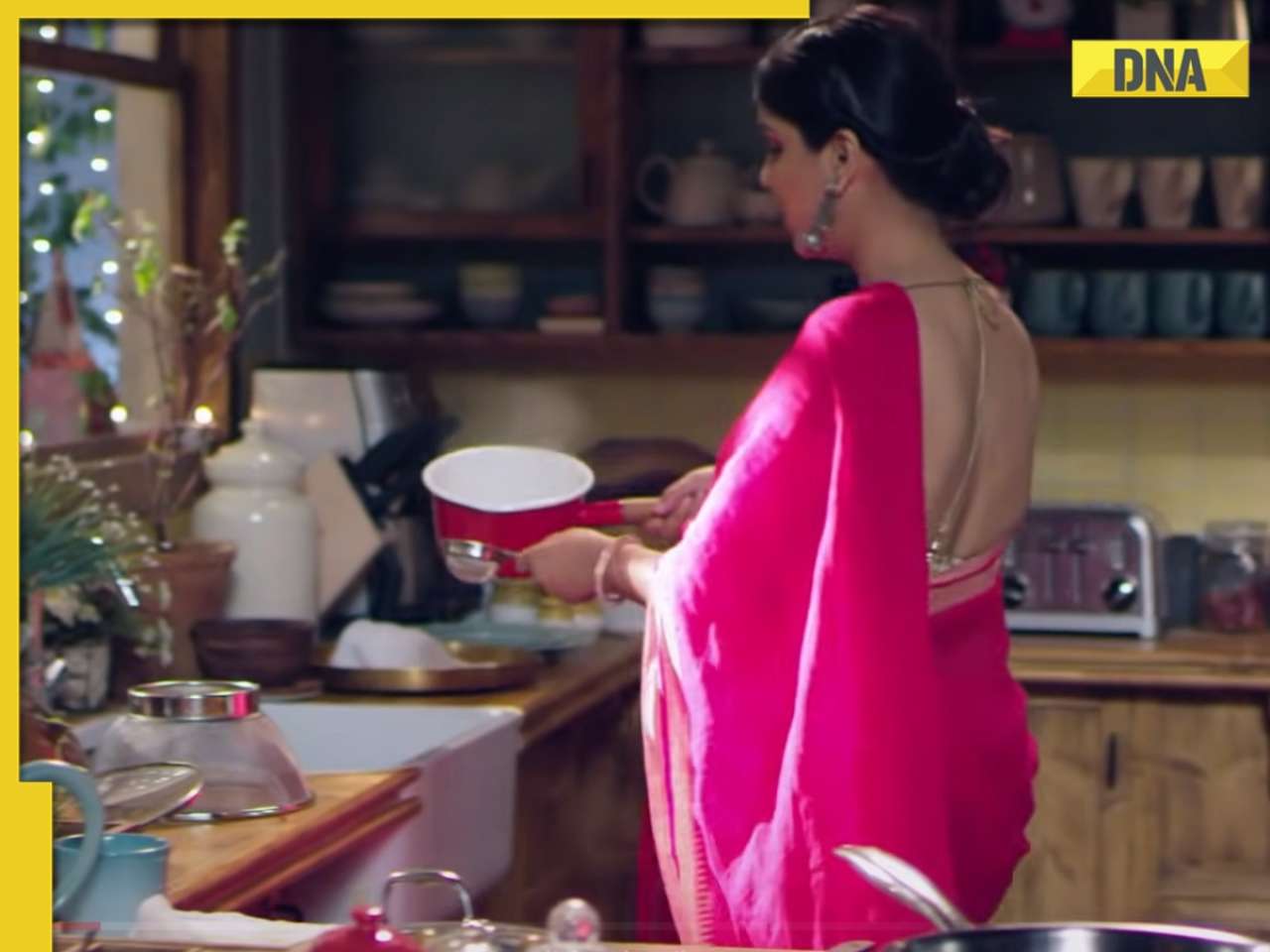
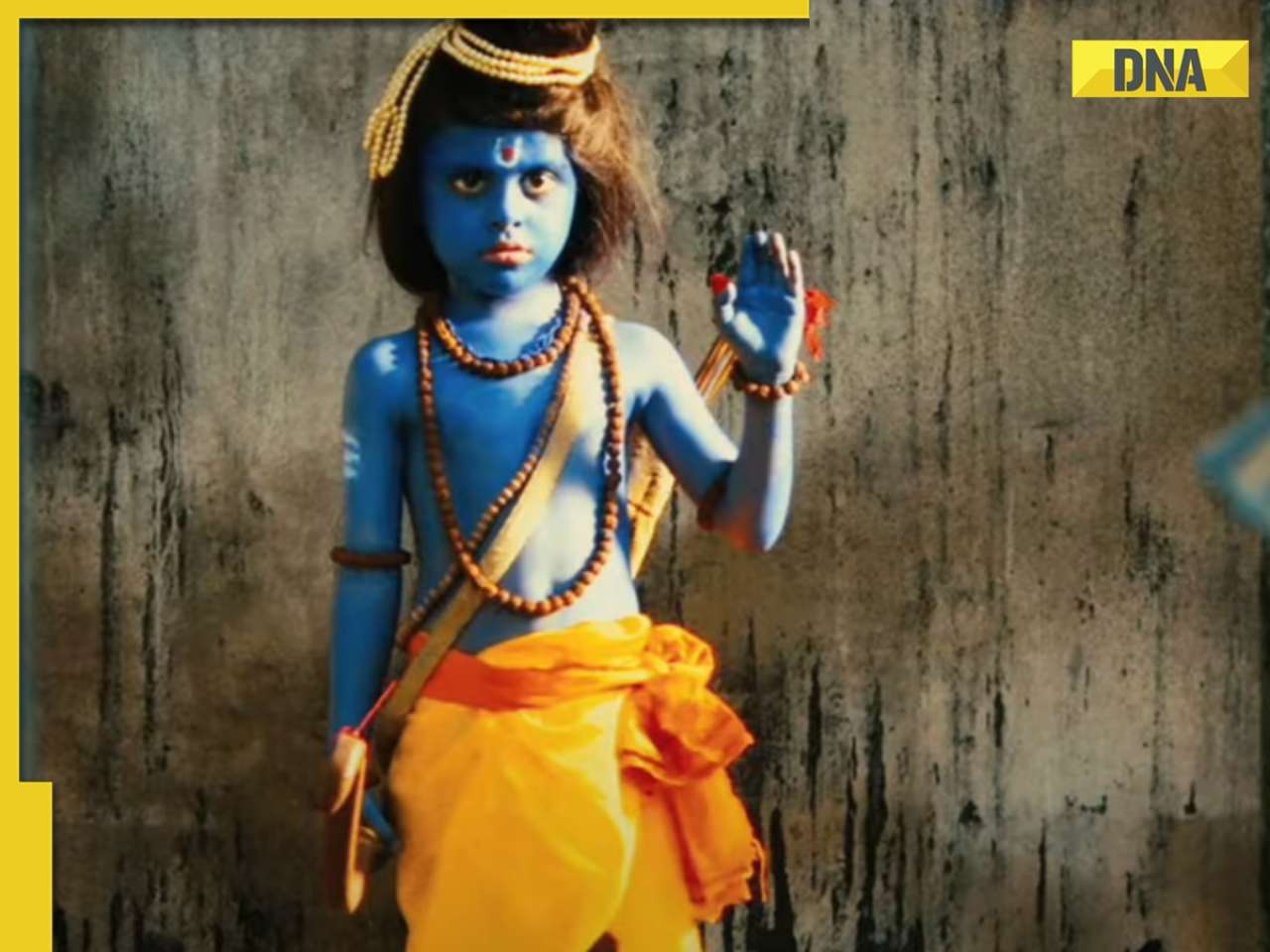







)
)
)
)
)
)